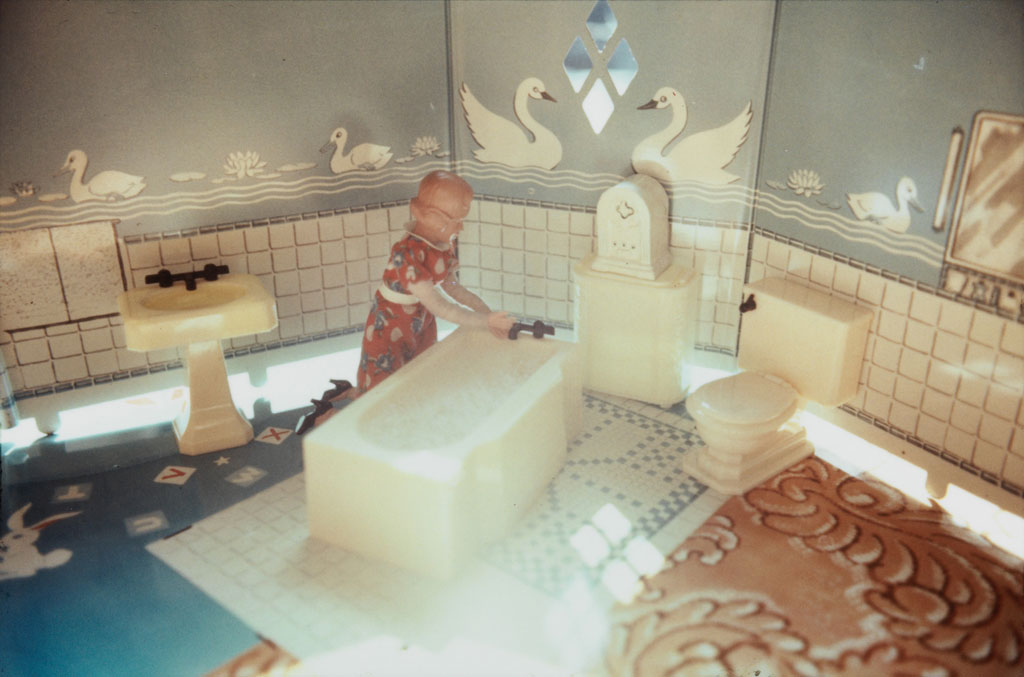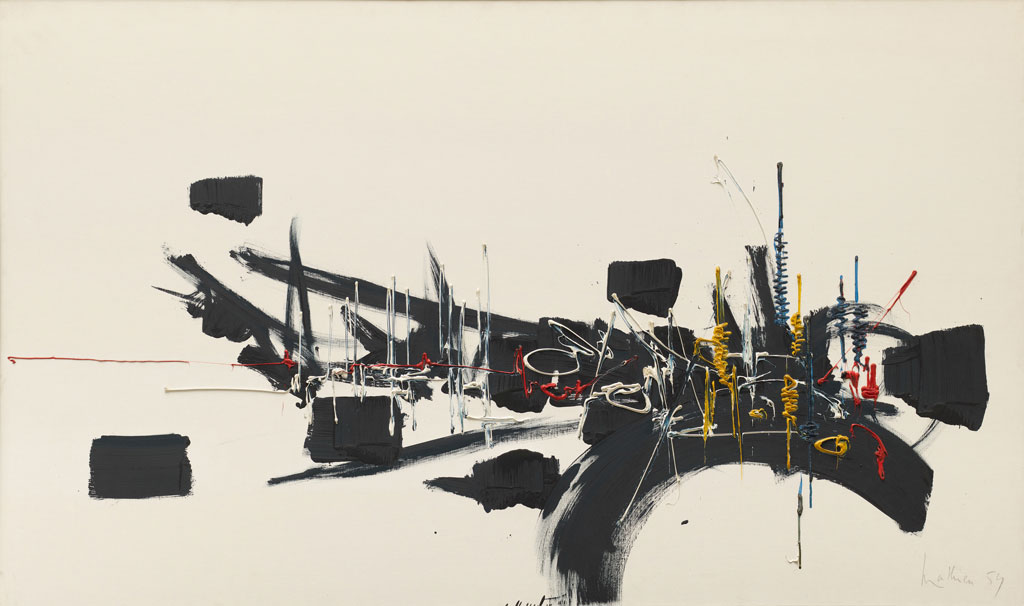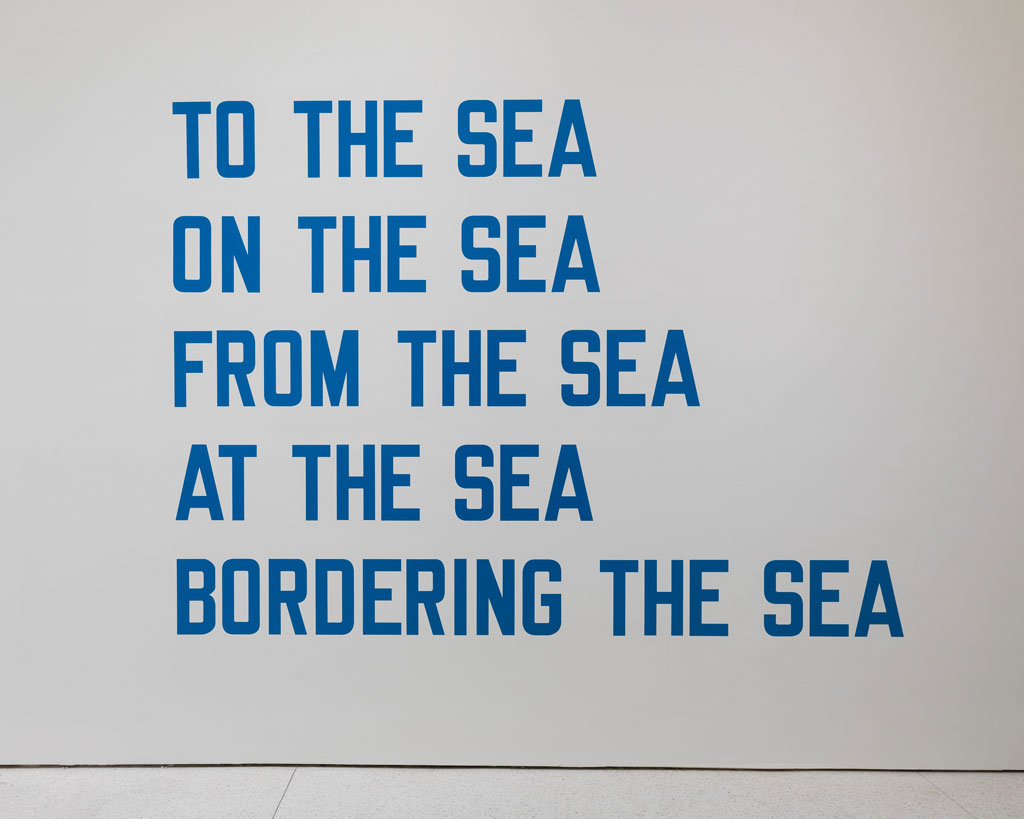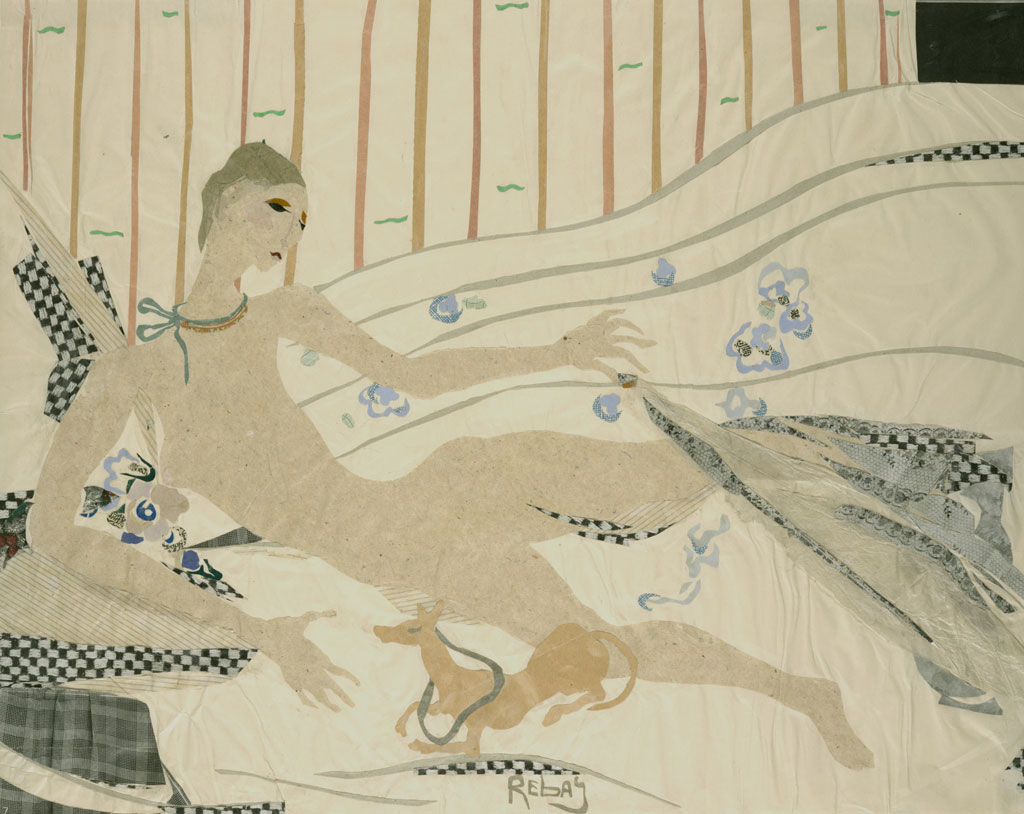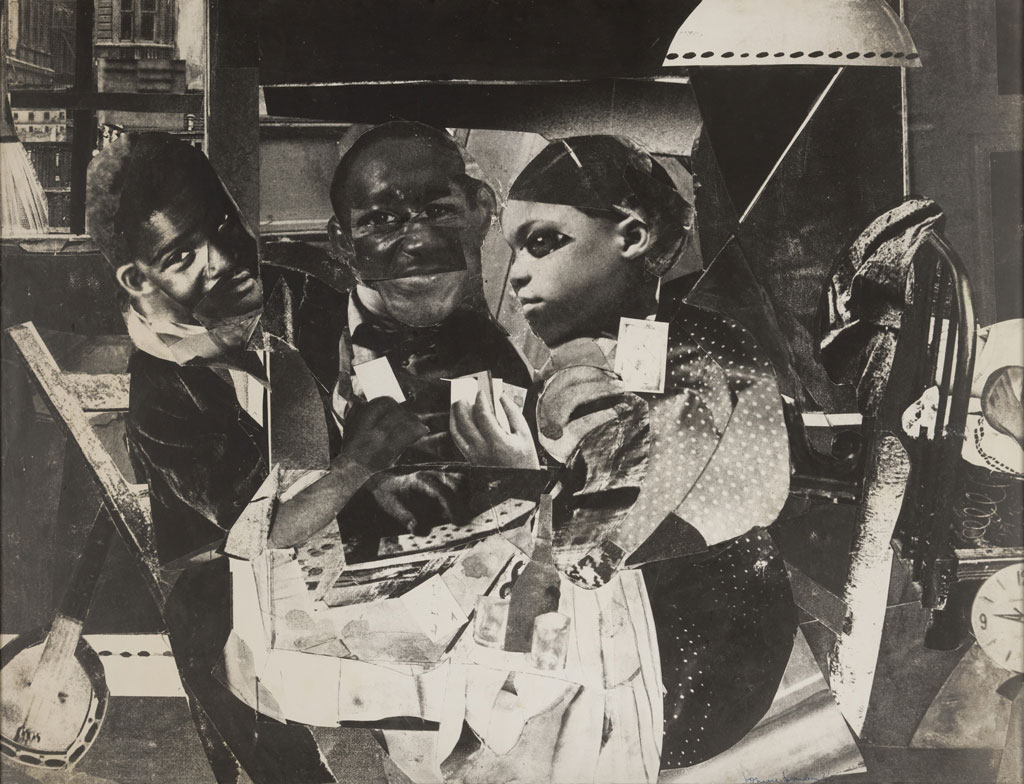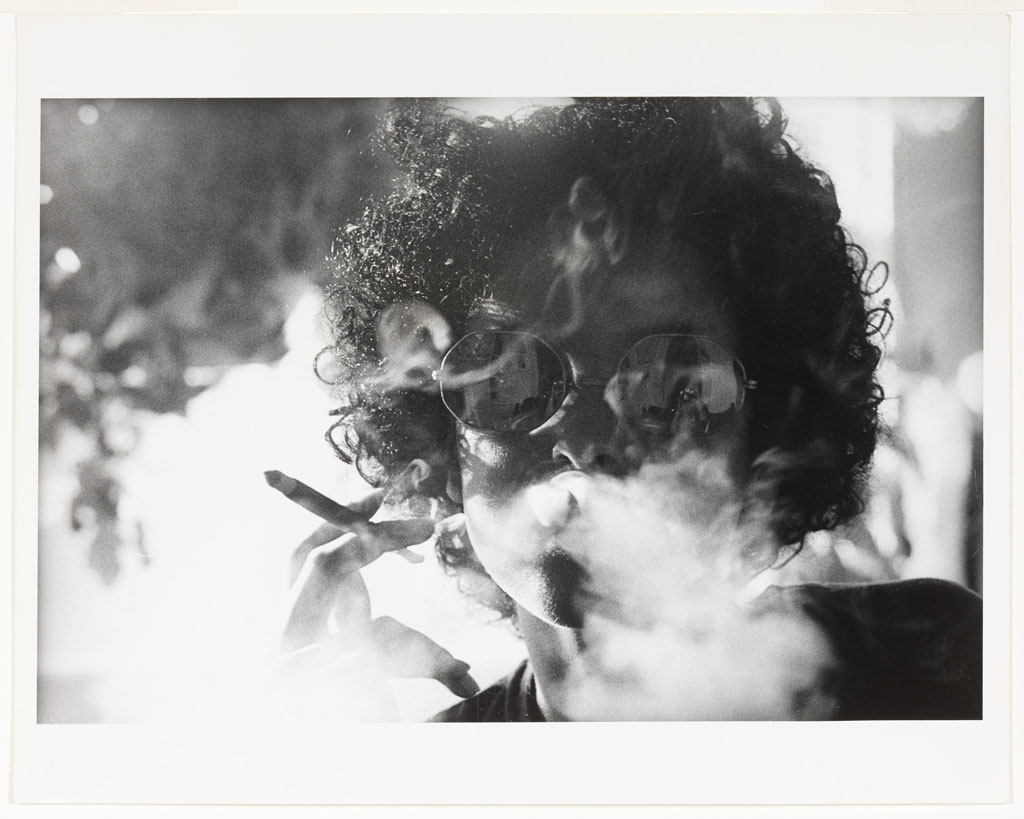ART-PREVIEW:Artistic License
 The exhibition “Artistic License: Six Takes on the Guggenheim Collection” brings together highlights form the museum’s collection and rarely seen works from the turn of the century to 1980, celebrating the Guggenheim’s Collection, curated by six contemporary artists, all of whom have contributed to shaping the Guggenheim’s history with their own pivotal solo shows.
The exhibition “Artistic License: Six Takes on the Guggenheim Collection” brings together highlights form the museum’s collection and rarely seen works from the turn of the century to 1980, celebrating the Guggenheim’s Collection, curated by six contemporary artists, all of whom have contributed to shaping the Guggenheim’s history with their own pivotal solo shows.
By Efi Michalarou
Photo: Solomon R. Guggenheim Museum
The exhibition presents nearly 300 paintings, sculptures, works on paper, and installations, some never before exhibited, that engage with the cultural discourses of their time, from the utopian aspirations of early modernism to the formal explorations of mid-century abstraction to the sociopolitical debates of the 1960s and ’70s. Drawing on their own practices, influences, and concerns, each of the artist-curators has selected thematically, conceptually, or formally relevant artworks to populate one of the six ramps in the museum’s rotunda, creating markedly distinctive sections and new readings of the collection. Cai Guo-Qiang: Non-Brand: This presentation explores the primordial passion that ignites the creation of art by examining early figurative and otherwise unpredictable paintings and works on paper by artists known for their abstract or conceptual practices. Featured artworks, which are installed salon style, include Vasily Kandinsky’s “Munich” (ca. 1901-02), Piet Mondrian’s “Chrysanthemum” (1908-09), Mark Rothko’s still life “Untitled (Still-Life with Rope, Hammer and Trowel)” (ca. 1937), and works on paper by artist Hilla Rebay, who was also the Guggenheim’s first director. In addition to exhibiting artworks that predate the iconic periods in these artists’ careers, as well as works by artists who did not enter the art-historical canon, Cai includes examples of his own early figurative painting. On the occasion of this exhibition, he is also creating new gunpowder paintings in homage to select iconic abstract canvases in the Guggenheim collection. These new works comment on Cai’s own trademark style, wittingly revealing the complicity of artists, curators, and museums in the exhibition of brands so sought after by visitors. Paul Chan: Sex, Water, Salvation, or What Is a Bather?: This presentation investigates the theme of bathers in Western art history and attendant ideas about water, relationships between pleasure and the human body, and exile in the canon of twentieth-century art. Chan’s selections range from Fernand Léger’s late painting “Starfish” (1942) to Lawrence Weiner’s conceptual work (1970), and from Willem de Kooning’s canvas “Whose Name Was Writ in Water” (1975) to Laurie Simmons’s photographs of dollhouse-scale bathroom scenes from the 1970s. Jenny Holzer: Good Artists: This presentation illuminates gender disparity and the exclusion of women from the art-historical canon. Holzer has selected works made exclusively by female artists including Lee Bontecou’s sculptural relief “Untitled” (1966), Louise Nevelson’s monumental wall sculpture “Luminous Zag: Night” (1971), Adrian Piper’s performative self-portrait “The Mythic Being: Smoke” (1974), and a selection of Chryssa’s canvases and neon works from the 1960s and ’70s. Julie Mehretu: Cry Gold and See Black: The presentation reflects on how trauma, displacement, and anxiety in the decades after World War II found expression across cultural boundaries and in a wide range of art. Featured works include Francis Bacon’s “Three Studies for a Crucifixion” (1962), Romare Bearden’s gelatin silver print “Evening 9:10, 461 Lenox Avenue” (1964), Jean Dubuffet’s painting “Will to Power” (1946), Matta’s painting “Years of Fear” (1941), and the recent acquisition David Hammons’s body print “Close Your Eyes and See Black” (1969. Richard Prince: Four Paintings Looking Right: The presentation investigates the uncannily coherent formal qualities of the museum’s international holdings of abstract painting and sculpture from the 1940s and ’50s, questioning, ultimately, how taste is formed. Featured works include those by Martin Barré, Conrad Marca-Relli, Georges Mathieu, Kenzo Okada, and Judit Reigl, among others. Prince is lending two canvases by Stuart Sutcliffe (an early member of the Beatles), whose work emulates and contributes to the abstract style of his time, as well as an unattributed Jackson Pollock painting formerly in the collection of Pollock’s close friend, the artist and collector Mercedes Matter. Carrie Mae Weems: What Could Have Been: The presentation focuses on the formal and metaphoric resonances of a strictly black-and-white palette across different decades, mediums, and genres, and as a conduit to expose inherent biases of museum collections focused on the Western art-historical canon. Featured works include Joseph Beuys’s installation “Virgin” 1979); Franz Kline’s “Painting No. 7” (1952); Mark Rothko’s “Untitled (Black on Gray)” (1969-70); examples from Ana Mendieta’s “Silueta” Series, which she began in 1973; and Martin Puryear’s sculpture “Bask” (1976).
Info: Curators: Cai Guo-Qiang, Paul Chan, Jenny Holzer, Julie Mehretu, Richard Prince, and Carrie Mae Weems, Solomon R. Guggenheim Museum, 1071 5th Ave, Between 88th & 89th street, New York, Duration: 24/519-12/1/200, Days & Hours: Mon, Wed-Fri & Sun 10:00-17:30, Tue & Sat 10:00-20:00, www.guggenheim.org


